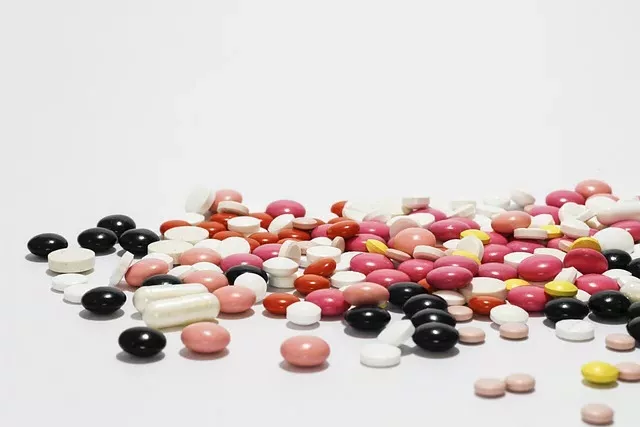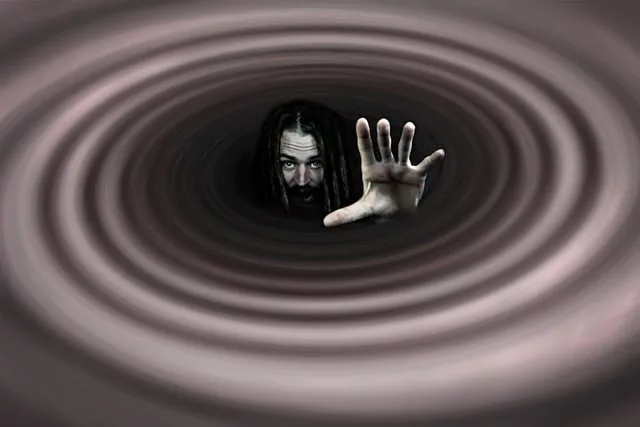Among the most overlooked aspects of well-being in the United States is mental health. There is any number of reasons for this, including the fact that an individual might not know they’re suffering from a mental disorder, much less go to a physician who can diagnose them.

It’s also common for a person living with poor mental health to self-medicate with alcohol, which can lead to addiction. Together, these two conditions are referred to as a dual diagnosis or co-occurring disorders.
The National Institutes of Mental Health (NIMH) reports that nearly 6 million – 2.2 percent of the country’s population – will suffer from bipolar disorder in a given year. Unfortunately, NIMH’s data suggests that less than 50 percent will ever receive treatment for the condition.
Complicating the issue is that substance abuse is higher among people with bipolar disorder than any other demographic.
There’s more to the illness than the severe mood swings associated with it. In fact, there are different classifications – Bipolar I and Bipolar II – that require diagnosis and treatment.
What are Some Problems Associated with Bipolar Disorder?
Untreated bipolar disorder is very often problematic. The consequences of major depressive or manic episodes spill into almost every aspect of a person’s life. As a result, patients with bipolar can sometimes experience the following:
- Isolation from loved ones and the greater community
- Relationship conflicts
- Occupational difficulties
- An overall decline in quality of life
- Increased risk of suicide
Not all addiction treatment centers are equipped to handle co-occurring disorders or administer dual diagnosis treatment. This is critical because both conditions must be addressed and treated for a full recovery. It can be difficult for physicians because, oftentimes, substance abuse will mask symptoms of bipolar disorder and vice-versa.
An Integrated Approach to Bipolar and Addiction Treatment
It’s important for healthcare professionals to have experience in identifying the signs of co-occurring disorders. The Substance Abuse and Mental Health Services Administration (SAMHSA) recommends an integrated approach to treatment, which includes some of the following:
- Educate patients about how alcohol and drugs affect their mental health issues
- Make patients aware of the role that alcohol and drugs play in their lives in a private, non-judgmental setting with counselors trained in co-occurring disorders
- As a person’s symptoms improve, help them to develop and identify goals in their recovery
- If possible, get patients involved with organizations that offer mental health support and provide resources for supportive employment opportunities
For those living with a dual diagnosis, learning that recovery is a process is vital. Addiction is a chronic relapsing disease and there are likely to be missteps along the way to recovery.
There are also medications available that can help with both bipolar disorder and alcoholism, known as medication-assisted treatment.
Seeing a qualified physician is key. The information mentioned here is not a substitute for proper diagnosis and treatment.
The good news is that there is hope. Treatment for bipolar disorder and addiction can restore people’s lives and bring them out of isolation.
Mental health and addiction is often overlooked, but with a little education and public awareness, the guilt and shame can be lifted to make room for healing.
Related:
What Are the Most Common Dual Diagnosis Disorders?
Why is There a Stigma About Mental Illness?





